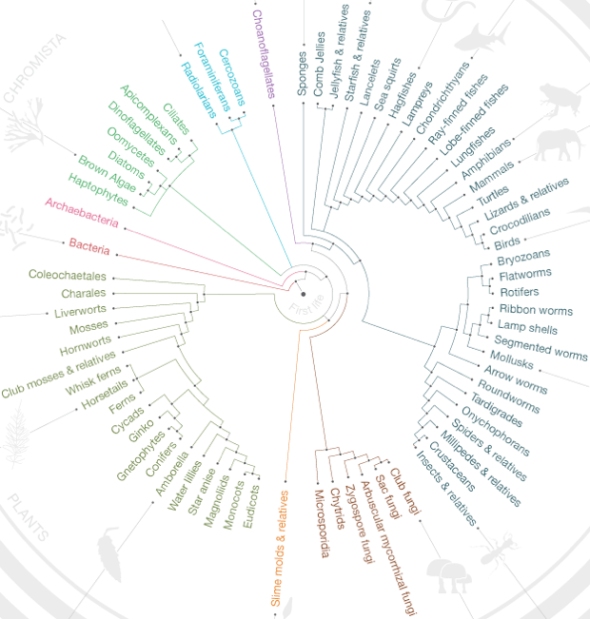It is an interesting fact that, to the best of our knowledge, all life on Earth is related, we are all part of the same family tree (yes, even arsenic munching bacteria from California). So when we looked at publishing content about Dinosaurs and other prehistoric beasties it seemed obvious, and far more useful and interesting, to extend Wildlife Finder rather than build a whole new site. And that’s just what we’ve done.

You can now watch video clips and discover BBC news stories about prehistoric life on Earth. We’ve published the best bits from TV series such as Walking with Dinosaurs and Walking with Beasts as well as episodes from Horizon and of course we’re also linking to relevant radio programmes and news stories.
At the core of the new content are pages, URIs (and yes RDF XML), for prehistoric taxa – if you visit the reptile page you will see that in addition to snakes, lizards and crocodiles we also have pages on Dinosaurs and Pterosaurs; visit the page on Apes and you can discover all not only today’s extant species (Chimps, Gorillas and us) but also our long dead relatives.
But we wanted to put this information in more context, we wanted to give a sense of time. After all most of these species didn’t roam the Earth together, at the same time. Looking back through time it is clear that different species, different groups, have flourished before going extinct, others have survived – the so called ‘living fossils. Different species have evolved at different times throughout Earth’s history. We have therefore published pages on the major geological time periods since life of Earth first arose.
You can step through time, starting with the Archean era 3.8 billion years ago and ending with the current Holocene epoch, to discover what the world was like and what lived then.
Over the last 3.8 billion years there have been a series of mass extinctions – five really big ones and numerous smaller scale ones. The most famous of these is the Cretaceous-Tertiary (or K-T) extinction which wiped out the Dinosaurs (and Ammonites). Again we have pages for both the Big Five extinction events and causes of those events all interlinked.
Our hope if that we’ve produced an interesting, enjoyable browsable space, one that gives you access to the BBC archive in a new and engaging way. I hope you enjoy exploring the history of life on Earth.